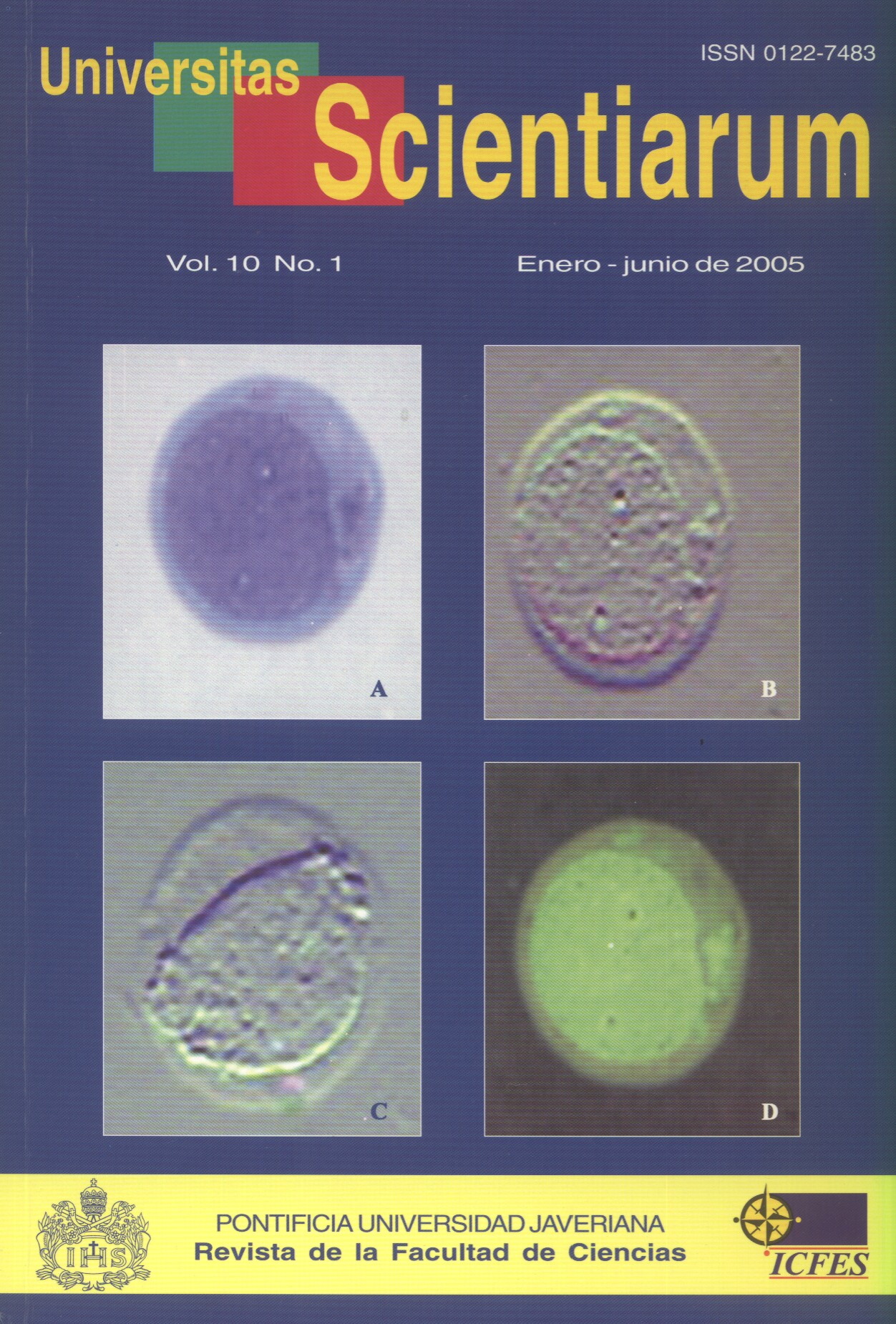Abstract
Se evaluó un medio alternativo, buscando mejorar la producción de vacuna antitetánica utilizando Cl. tetani cepa Harvard a fin de conocer el comportamiento de éste frente a nuevos sustratos. El trabajo se dividió en dos fases, en la primera se evaluaron tres variables (glucosa, extracto de soya y sulfato ferroso) cada una con tres niveles (bajo, intermedio y alto), para la producción de la toxina tetánica. Por medio de un análisis estadístico se escogieron los ensayos más relevantes (Ensayos 5, 6, 7) para la segunda fase; teniendo en cuenta que éstos produjeron la mayor cantidad de toxina en el menor tiempo. En la segunda fase se realizaron tres fermentaciones de 5 L por duplicado utilizando el medio GIA01. Los parámetros medidos en cada muestra fueron: biomasa, pH, glucosa y producción de toxina; a la última muestra de cada fermentación se le determinó la dosis mínima letal. A partir de los resultados obtenidos se concluyó que el comportamiento de Cl. tetani en medio GIA01 es muy similar al reportado en el medio tradicional en cuanto a la producción de toxina y la cinética de crecimiento del microorganismo, sin embargo con el medio GIA01 se produce mayor cantidad de biomasa lo cual no es deseable para una producción a gran escala.Univ. Sci. is registered under a Creative Commons Attribution 4.0 International Public License. Thus, this work may be reproduced, distributed, and publicly shared in digital format, as long as the names of the authors and Pontificia Universidad Javeriana are acknowledged. Others are allowed to quote, adapt, transform, auto-archive, republish, and create based on this material, for any purpose (even commercial ones), provided the authorship is duly acknowledged, a link to the original work is provided, and it is specified if changes have been made. Pontificia Universidad Javeriana does not hold the rights of published works and the authors are solely responsible for the contents of their works; they keep the moral, intellectual, privacy, and publicity rights. Approving the intervention of the work (review, copy-editing, translation, layout) and the following outreach, are granted through an use license and not through an assignment of rights. This means the journal and Pontificia Universidad Javeriana cannot be held responsible for any ethical malpractice by the authors. As a consequence of the protection granted by the use license, the journal is not required to publish recantations or modify information already published, unless the errata stems from the editorial management process. Publishing contents in this journal does not generate royalties for contributors.



